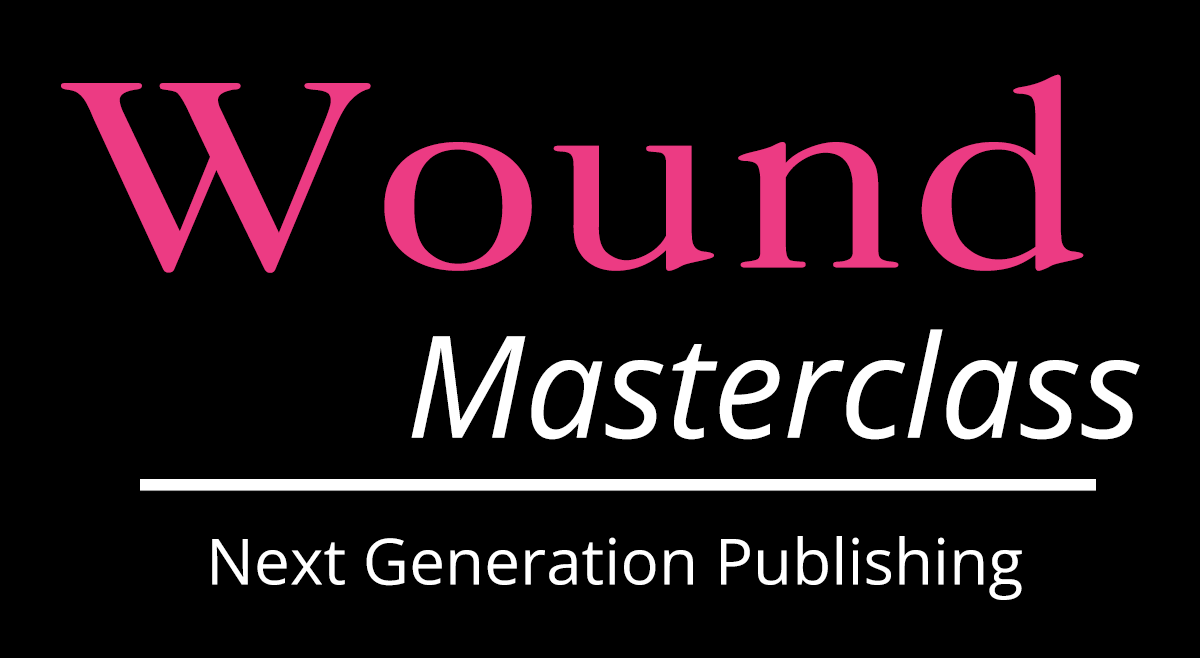The Pressure Ulcer Journey – From Prevention and Detection to Case Management
Pressure Ulcers can be complex, mystifying, and cumbersome for even the most experienced wound care clinician. This March, the Association for the Advancement of Wound Care (AAWC) is hosting it’s third annual Pressure Ulcer Summit (PrU), March 27-28, 2020, at the Sheraton Atlanta Hotel, to expand clinicians a wealth of knowledge surrounding pressure ulcers and the implementation science that goes into whole patient care.
The AAWC Pressure Ulcer Summit is uniquely designed to create a journey from the initial diagnosis of a pressure ulcer to navigating insurance and its complete treatment. Each educational segment builds off the prior segment’s topic and discussion. Over two days, AAWC will take clinicians through the four main stages of identifying, treating, healing and supporting patients with pressure ulcers. In this article, AAWC will provide a closer look at the educational sessions that will shed light on pressure ulcers and the expertise needed to treat the whole patient, not just the hole in the patient.
Pressure Ulcer Prevention & Detection
Pressure ulcers can often seem inevitable. The Agency for Healthcare Research & Quality (AHRQ) estimates more than 2.5 million individuals in the US develop pressure ulcers annually. Pressure ulcer prevention continues to be a challenge for even the best clinicians. The first educational segment of PrU will break down the myth surrounding pressure ulcer prevention. Through expert-led sessions, clinicians will learn about the causation and physiology behind pressure ulcers, the pathophysiologic processes, and factors that contribute to pressure-induced tissue damage and take a deeper dive into learning how to identify the conditions needed to create a pressure ulcer.
Through a better understanding of the Pressure Ulcer Detection Tool (PUDT), the three comorbid conditions that are often confused with induced tissue damage, mechanisms that contribute to tissue loss, and techniques for early pressure ulcer detection, clinicians will be able to quickly assess and accurately identify a pressure ulcer.
Once a patient is diagnosed with pressure ulcer…a clinician must face how to proceed with treatment.
Focusing on the Whole Patient, Not the Hole in the Patient
By the afternoon the PrU journey will advance beyond prevention and early detection to diagnosis. Now clinicians must use their clinical thinking and reasoning skills to solve their way through the challenges that come along with pressure ulcer treatment.
In the second segment of PrU, clinicians will explore what constitutes skin failure and develop techniques to approach difficult conversations including, debridement, wound care, pain control, antibiotics, and repositioning. Expert faculty will share their perspectives on the gaps that exist in the current method used to define skin failure and strategies for non-opioid management of painful wounds.
As experienced wound care clinicians know, pressure ulcer cases are unique to each patient, and by looking at the whole picture, clinicians can use a multidisciplinary team approach to select the best treatment strategies that will enhance a specific patient’s comfort and quality of life. While at PrU, clinicians will have the opportunity to meet other professionals in the field and develop their resource network to call upon when faced with a challenge in the real world.
With a treatment plan in place, a clinician’s next step is to select a support surface and figure out how to get it paid for.
Choosing the Right Support Surface & Getting it Paid For
In preparation for PrU day two, clinicians have explored pressure ulcer prevention, detection, and learned how to select the optimal treatment plan based on a whole-patient approach. Now faculty will tackle the complicated and often-times frustrating task of choosing support surfaces and securing payment.
Patients with pressure ulcers and persons at risk require assistance with protecting their at-risk areas. Support surfaces provide a means to decrease the compressive forces these areas experience during daily activities. These activities may include lying in bed, sitting up in a wheelchair or on the toilet and even walking. There is a broad range of support surfaces to choose from and each surface has benefits and challenges. Choosing the optimal support surface requires understanding and incorporating a broad range of physiologic and functional needs into the assessment.
To make the support surface selection and payment decision clearer, experienced faculty will identify the categories of support surfaces in detail, explain the insurance requirements needed to get payments for support surfaces, teach clinicians how to conduct an assessment that considers a patient’s physiologic and functional needs and share the staffing and clinic structure needed to set clinicians, and their patients, up for success.
With the right support surface in place and payment secured, clinicians turn their attention to case coordination and management until treatment is completed.
Case Coordination & Management
When treating a patient with a pressure ulcer, clinicians must be empowered with the resources, tools, facility, and staff to support each stage of treatment. At the final educational segment of PrU, clinical practitioners, managers, patients, and case management experts will share strategies for successfully navigating challenging insurance, provider and other obstacles to ensure optimal outcomes.
To ensure optimal outcomes, faculty will educate clinicians on, the clinical data that is needed to set up a clinic, the variety of pressure-relieving equipment that is available, identifying equipment and support needs, prioritizing data that is available, and how to use patient engagement strategies to enable a full recovery.
After the AAWC PrU journey, clinicians will walk away with real-world knowledge, strategies, and techniques to support and treat patients with complex pressure ulcers. For more information on the AAWC Pressure Ulcer Summit (PrU) and the half-day Keeping Calm Under Pressure: How to Address Pressure Ulcers in the Post-Acute Setting and Beyond Pre-Conference on March 26th, visit www.aawcsummits.com.


